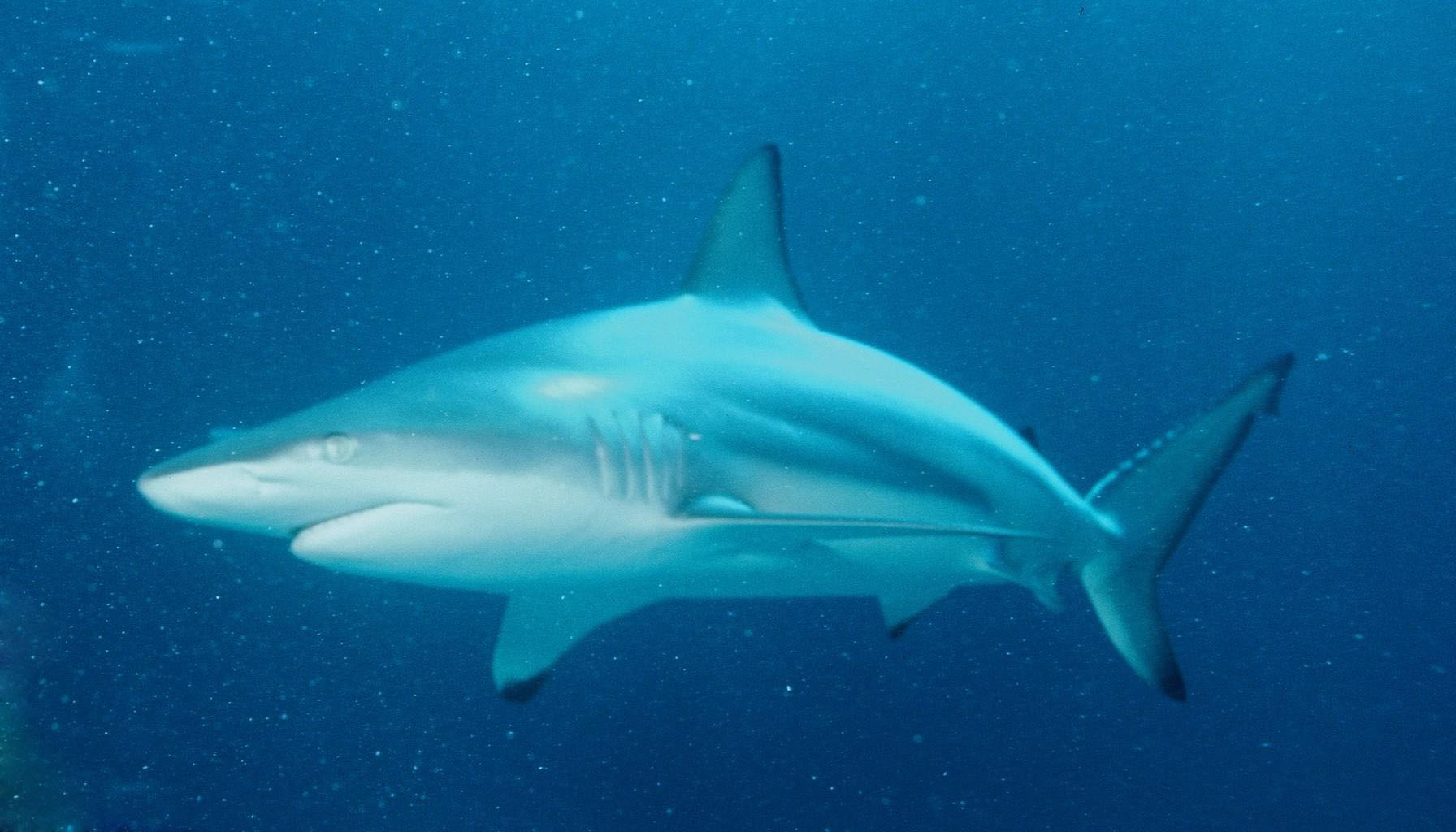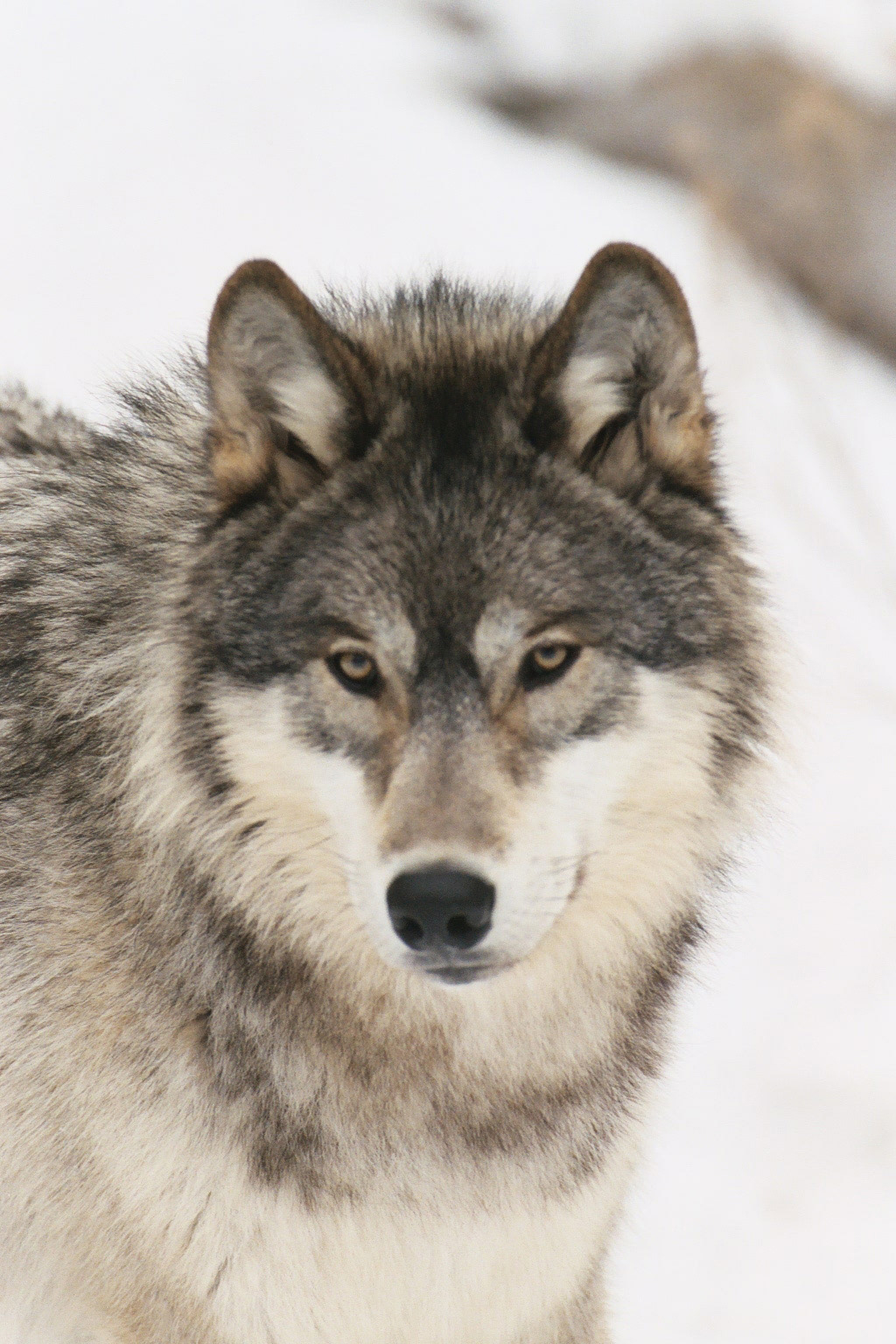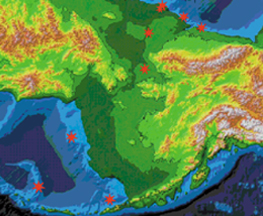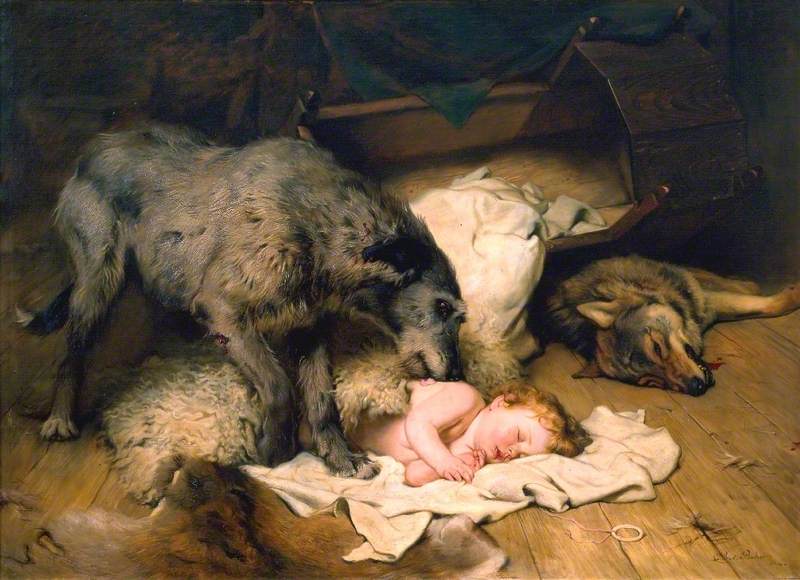•1:48 PM
<< Baina adiskidetasunari gainbalioa ematen ari zen, agian. Beste bat da lagunen egia. Beste bat eta gordinagoa. Iraungi egiten dela laguntasuna. Neska-lagun ohiak izendatzeko hitz bat zegoen bezala, zerrendatik ezabatutako ex preteritoa, zergatik ez zegoen hitz bat garai batean lagun izan eta gaur egun jada ez zirenak izendatzeko? Lagun ohirik ez dago?, exlagunik ez dago? Lagun ez dena etsai izatera pasatzen da derrigor? Ez. Laguntasunaren kontrakoa ez da etsaia, ezaxolatia baizik. Ez dira traizioa edo ikuspegi ideologiko apartekoa lagunak galtzearen arrazoi nagusiak, bizitzaren higadura lausotzaile saihestezina baino.
Lagunek elkar erabiltzen zuten, nerabezaroko segurtasun ezak eta mutazioak bakardadean jasatea gogorregia delako, musika banda bat bakarrik sortzea nekeza delako eta norbaitek jo behar dituelako inork nahi ez dituen baxua eta bateria, behar dugulako norbaiten babesa, ikasle-pisuak garestiegiak direlako norberak bakarrik ordaintzeko eta gurasoak lasaiago daudelako euren seme-alabak norbaiten konpainian bizi direla jakinda; modu kalkulatuan ahazten ditugun arren, arrazoi praktikoak daude beti atzean, sekula apurtuko ez direla dirudien loturak sortzen doaz horrela, ezarian-ezarian, mozkorkerian eta kirolean tristeegia delako bakardadea hogei urte dituzunean, eta garagardoa eta zenbait musika talde gustuko izatea badelako aski kidetasun gau bat eta bi gau elkarrekin solasean pasatzeko, "pakean utzi arte", kantu bat, esaldi bat aski zen orduan: "Ezin zaitut begira, gehiegi da". Gero bikoteak sortzen ziren, behiala irrikatu eta orain lagun artean txertaturik arrotz diren elementuak, lagun-taldean indar harremana aldatzen zutenak, "Ez zeok bueltarik eman behar, jazo behar dena jazo data", eta hortik aurrera, nork daki noiz eta zergatik, lausoagotzen doa dena, astean bitan elkarrekin egotetik bi astetan behin egotera pasatzen zara lehenbizi, egotea gogaikarri eta berun suertatzera, egotea telefono dei batekin ordezkatzen hasten gero, telefono dei batean kontatu ezin diren zenbait gauza elkarrekin aurrez aure zaudetenerako gordetzen, elkarrekin egoten zaretenean nondik hasi ez dakizuelako topikoen zerrenda axalaz baino ez mintzatzen, elkarren berri lagunen lagunengandik izaten. Ezkontza-gonbit, bataio eta bataren eta bestearen gurasoen gaixotasunen berri baino ez jakiten hasten zarete. Poza itxuratzen. Hiletetan elkar ikusten. Samina ez sentitzen eta samin plantak egiten.
Gero eta gehiago da lagunei esaten ez dieguna, eta gero eta gehiago da lagunek kontatzen ez digutena. Gero eta handiagoa bihutzen da haien bizitzetako hari-mutur eskasak aintzakotzat hartuta haiek epaitzeko gure joera mizkina. Suposizio okerrekin betetzen ditugu elipsiak, adiskideen jarrerak justifikatuz edo gaitzetsiz, oker ia beti, haien egiatik gero eta urrunago, eta gure egiatik ere urrunago, geure zekenkeriatik eta miseriatik gero eta gertuago egotea ez baita norbere egiara hurbiltzeko modua. Larru bereko izan ginenok, ez dugu elkarren larrurik konpartitu nahi orain.
[...]
Posible zen, eta posible baino askoz gehiago, oso gertagarri, behiala lagun izandakoak ezagun bihurtzea, haien jarrerak eta esamoldeak arrotz sentitzen hastea egun batean, haien izateko modua edo haiek ikusteko gure modua aldatzea, garai bateko haien umore ateraldiak ulertzeari uztea, jada ez bereiztea noiz den txantxa bat min intimo baten estalki. Bai, gertatzen zen. Lagunak ezagun bihurtzen ziren, eta denbora aski emanez gero, ezagunak ezezagun bihurtzen ziren, euren fedea eta euren denbora zeure eskuetan izateari uzten zenion. Onartu beharrean zaude orduan egia mingarria: beharbada ez zarete inoiz horren lagunak ere izan. Garagardoak eta musika talde zenbaitek mantentzen zintuzteten estekatuta, "hiloatzaren hondarra karraxika".
Lagunek elkar erabiltzen zuten, nerabezaroko segurtasun ezak eta mutazioak bakardadean jasatea gogorregia delako, musika banda bat bakarrik sortzea nekeza delako eta norbaitek jo behar dituelako inork nahi ez dituen baxua eta bateria, behar dugulako norbaiten babesa, ikasle-pisuak garestiegiak direlako norberak bakarrik ordaintzeko eta gurasoak lasaiago daudelako euren seme-alabak norbaiten konpainian bizi direla jakinda; modu kalkulatuan ahazten ditugun arren, arrazoi praktikoak daude beti atzean, sekula apurtuko ez direla dirudien loturak sortzen doaz horrela, ezarian-ezarian, mozkorkerian eta kirolean tristeegia delako bakardadea hogei urte dituzunean, eta garagardoa eta zenbait musika talde gustuko izatea badelako aski kidetasun gau bat eta bi gau elkarrekin solasean pasatzeko, "pakean utzi arte", kantu bat, esaldi bat aski zen orduan: "Ezin zaitut begira, gehiegi da". Gero bikoteak sortzen ziren, behiala irrikatu eta orain lagun artean txertaturik arrotz diren elementuak, lagun-taldean indar harremana aldatzen zutenak, "Ez zeok bueltarik eman behar, jazo behar dena jazo data", eta hortik aurrera, nork daki noiz eta zergatik, lausoagotzen doa dena, astean bitan elkarrekin egotetik bi astetan behin egotera pasatzen zara lehenbizi, egotea gogaikarri eta berun suertatzera, egotea telefono dei batekin ordezkatzen hasten gero, telefono dei batean kontatu ezin diren zenbait gauza elkarrekin aurrez aure zaudetenerako gordetzen, elkarrekin egoten zaretenean nondik hasi ez dakizuelako topikoen zerrenda axalaz baino ez mintzatzen, elkarren berri lagunen lagunengandik izaten. Ezkontza-gonbit, bataio eta bataren eta bestearen gurasoen gaixotasunen berri baino ez jakiten hasten zarete. Poza itxuratzen. Hiletetan elkar ikusten. Samina ez sentitzen eta samin plantak egiten.
Gero eta gehiago da lagunei esaten ez dieguna, eta gero eta gehiago da lagunek kontatzen ez digutena. Gero eta handiagoa bihutzen da haien bizitzetako hari-mutur eskasak aintzakotzat hartuta haiek epaitzeko gure joera mizkina. Suposizio okerrekin betetzen ditugu elipsiak, adiskideen jarrerak justifikatuz edo gaitzetsiz, oker ia beti, haien egiatik gero eta urrunago, eta gure egiatik ere urrunago, geure zekenkeriatik eta miseriatik gero eta gertuago egotea ez baita norbere egiara hurbiltzeko modua. Larru bereko izan ginenok, ez dugu elkarren larrurik konpartitu nahi orain.
[...]
Posible zen, eta posible baino askoz gehiago, oso gertagarri, behiala lagun izandakoak ezagun bihurtzea, haien jarrerak eta esamoldeak arrotz sentitzen hastea egun batean, haien izateko modua edo haiek ikusteko gure modua aldatzea, garai bateko haien umore ateraldiak ulertzeari uztea, jada ez bereiztea noiz den txantxa bat min intimo baten estalki. Bai, gertatzen zen. Lagunak ezagun bihurtzen ziren, eta denbora aski emanez gero, ezagunak ezezagun bihurtzen ziren, euren fedea eta euren denbora zeure eskuetan izateari uzten zenion. Onartu beharrean zaude orduan egia mingarria: beharbada ez zarete inoiz horren lagunak ere izan. Garagardoak eta musika talde zenbaitek mantentzen zintuzteten estekatuta, "hiloatzaren hondarra karraxika".





























